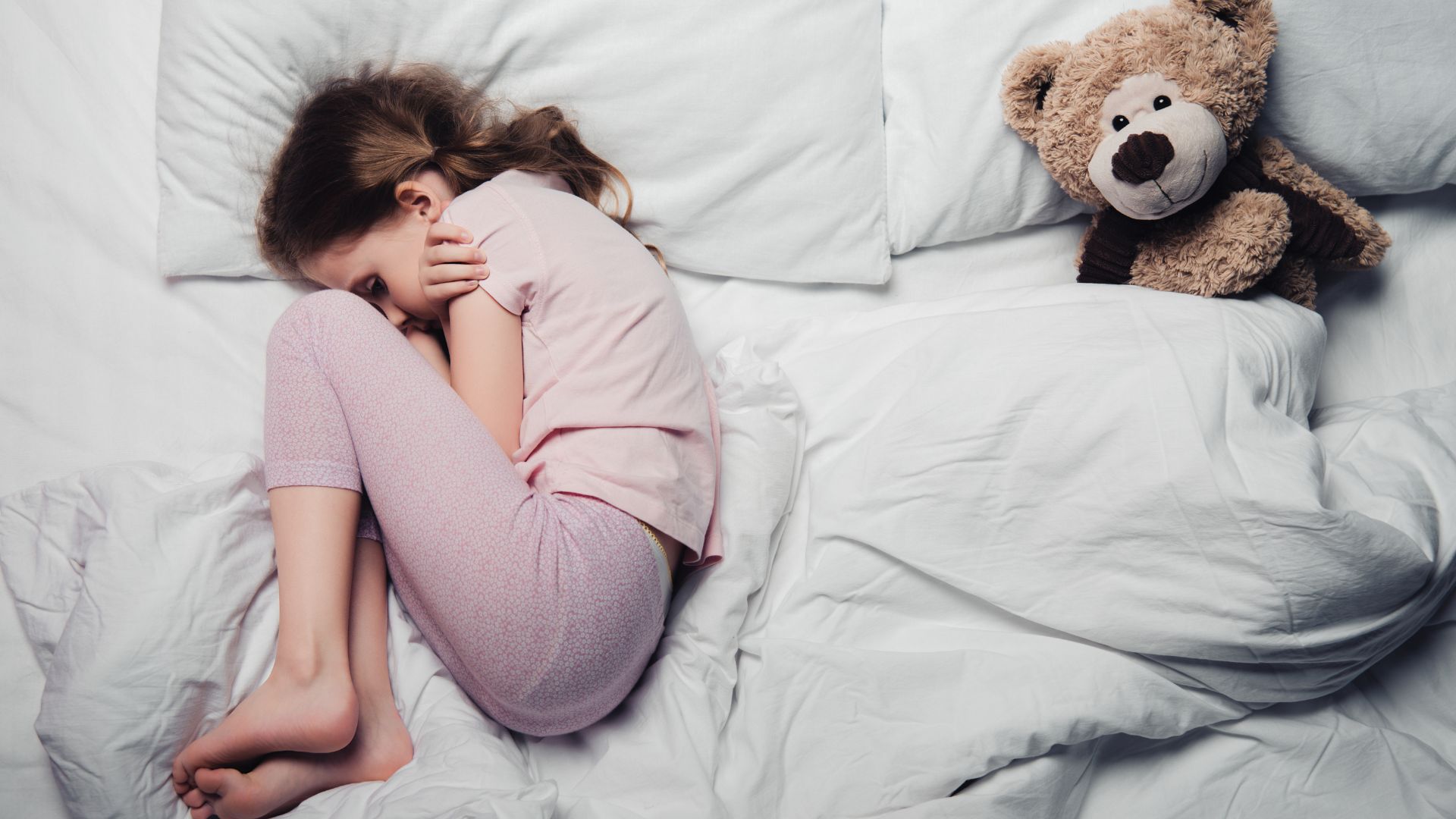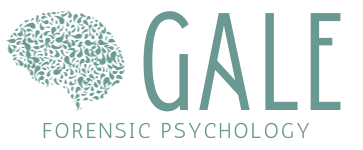Child abuse is an unfortunate reality that affects countless children worldwide, leaving lasting emotional and psychological scars. Seeking professional therapy becomes a crucial step towards their healing and recovery. With specialized support and interventions, children who have endured abuse can find a safe space to process their experiences, rebuild their self-esteem, and regain control over their lives. Here are the different ways professional therapy can help.
Understanding the Effects of Child Abuse
Child abuse, whether physical, emotional, or sexual, can have devastating consequences on a child’s development and overall mental health. Young survivors often experience feelings of shame, guilt, low self-esteem, anxiety, depression, and a range of other emotional challenges. By seeking therapy, young survivors can receive the necessary tools to address these issues and regain a sense of normalcy in their lives.
Creating a Safe and Supportive Environment
Professional therapy offers a safe and supportive environment where child abuse survivors can freely express their feelings and experiences without fear of judgment or punishment. Skilled therapists trained in trauma-informed care employ evidence-based techniques to help children process their trauma, develop coping strategies, and rebuild trust in themselves and others. Through individual counseling sessions or group therapy, survivors can find solace in knowing that they are not alone in their journey toward healing.
Tailored Interventions for Individual Needs
Every child abuse survivor has unique experiences and needs. Therapists understand this and employ a range of therapeutic interventions tailored to each child’s specific requirements. These may include cognitive-behavioral therapy (CBT), play therapy, art therapy, and other modalities that facilitate healing. Such interventions provide children with a safe outlet to express their emotions, explore their trauma, and learn healthier coping mechanisms.
Breaking the Cycle of Abuse
Child abuse survivors often face a higher risk of perpetuating the cycle of abuse in their own future lives or relationships. Seeking professional therapy helps disrupt this cycle by providing survivors with tools to overcome their trauma, develop healthy relationships, and build resilience. Therapists also work closely with parents or guardians, equipping them with knowledge and skills to support their child’s healing process and prevent future instances of abuse.
Restoring a Sense of Empowerment
Child abuse can leave survivors feeling helpless and disempowered. Therapy plays a pivotal role in helping children reclaim their sense of self-worth. Through therapy, survivors learn to recognize their strengths and set healthy boundaries. With ongoing support, they develop the confidence to navigate life’s challenges and pursue their dreams.
Child abuse can have long-lasting and devastating effects on survivors. Seeking professional therapy offers child abuse survivors a lifeline, providing them with a safe space to heal, recover, and regain control over their lives. Through tailored interventions, specialized support, and a focus on empowerment, therapy equips survivors with the necessary tools to break free from the chains of abuse, restore their emotional well-being, and build a brighter future.

Recognizing Child Abuse
Recognizing the signs of child abuse is crucial in protecting vulnerable children and ensuring their safety. While not all signs may be immediately apparent, being vigilant can help identify potential cases of abuse. Some common indicators of child abuse include:
1. Physical signs: Unexplained bruises, burns, fractures, or other injuries that are inconsistent with the child’s age or developmental stage. Frequent injuries or injuries in various stages of healing may be red flags.
2. Behavioral signs: Sudden changes in behavior, such as difficult behavior, withdrawal, aggression, excessive fear or anxiety, regressive behaviors (e.g., thumb sucking or bed-wetting not typical for their age), and extreme distrust of people.
3. Emotional signs: Persistent sadness, low self-esteem, sudden mood swings, extreme emotional outburts, excessive fear of certain individuals or places, and displaying overly compliant or avoidant behavior.
4. Neglect indicators: Poor hygiene, consistently unsupervised or left alone for long periods, lack of appropriate clothing or nourishment, and frequent absences from school.
5. Environmental signs: Living in a chaotic or unsafe environment, exposure to domestic violence, substance abuse, or witnessing violence between caregivers.
6. Verbal signs: Frequent belittling, shaming, or humiliation of the child by caregivers or family members. Threats of violence or severe punishment may also be used to control or intimidate the child.
7. Social signs: Isolation from peers, difficulty forming and maintaining friendships, or an apparent lack of social skills. The child may also exhibit extreme compliance with adults or an unusual fear of authority figures.
8. Disrupted attachment: A child who shows an inconsistent attachment style with caregivers, such as excessive clinginess or avoiding physical contact. This may indicate disrupted or abusive relationships within the family.
9. Self-destructive behaviors: Engaging in self-harm, suicidal ideation, or other self-destructive behaviors as a response to emotional distress caused by abuse.
10. Educational signs: A sudden decline in academic performance, lack of concentration, or increased absenteeism from school due to fear or avoidance of the abusive situation.
11. Runaway behavior: Children who frequently run away from home or from school may be trying to escape an abusive environment.
12. Inappropriate knowledge or behavior: Children displaying knowledge of sexual acts or explicit content that is not age-appropriate may have been exposed to sexual abuse or exploitation.
It is important to remember that these signs should be considered in context, and the presence of one or more signs does not necessarily confirm abuse. However, if you observe persistent or multiple signs, it is essential to report your concerns to the appropriate authorities to prevent child abuse reoccurence. The authorities can conduct a comprehensive assessment and take appropriate action to ensure the safety and well-being of the child. It is essential that society recognizes the importance of therapy for child abuse survivors and supports initiatives that make professional help accessible to all those in need.
